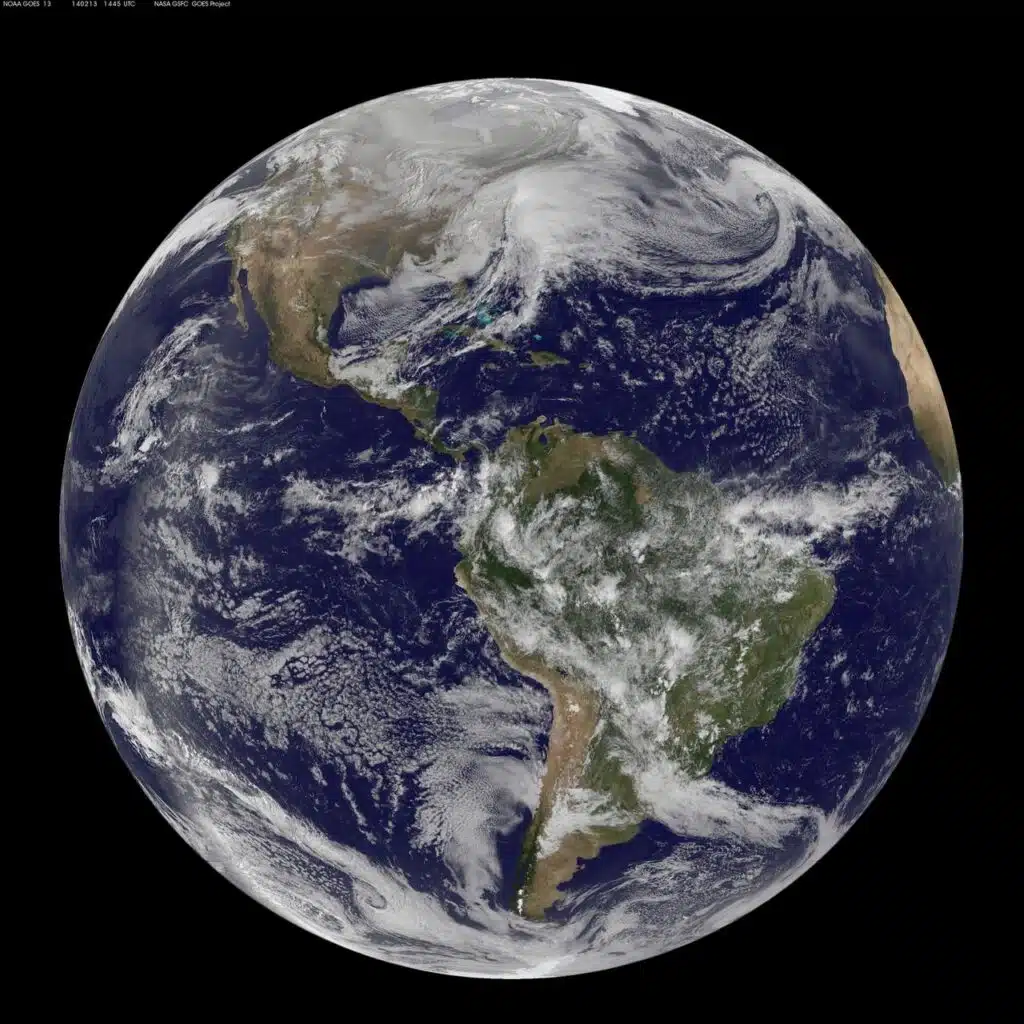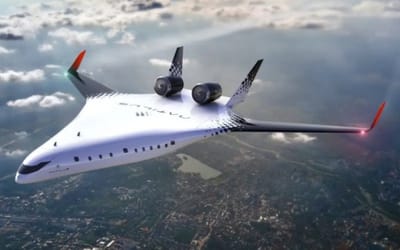NASA plans to put ‘new star’ in the sky in landmark mission
- NASA is sending a first of its kind fake star into Earth’s orbit
- The ‘star’ will be sent 35,875km above Earth
- Researchers hope it will help to answer some of the biggest questions in the universe
Published on Jun 18, 2024 at 11:44 AM (UTC+4)
by Claire Reid
Last updated on Jun 18, 2024 at 5:31 PM (UTC+4)
Edited by
Tom Wood
NASA is planning to launch an artificial star into Earth’s orbit, to help answer some of the biggest questions in the universe.
The US space agency has revealed plans to launch the small satellite at around 35,785 kilometers (22,000 miles) above our planet’s surface – this distance is far enough away for the satellite to mimic a real star to telescopes back here on Earth.
Its orbit will be synchronized with Earth’s rotation speed to ensure it remains stationary over the US during its first year in space. Clever, right?
READ MORE! NASA spacecraft outside our solar system is transmitting mysterious messages back to Earth
The NASA ‘fake star’ has eight lasers attached
Once in space, the satellite will beam eight onboard lasers at ground level, which will be able to observe the ‘fake star’ and document ‘consistent and known brightness levels’.

Data gathered from the project will help experts to deepen their understanding of stellar evolution and exoplanets, which can help scientists measure the universe’s age and how quickly it has grown over time.
The University of Florida is set to collaborate with NASA on the $19.5 million Landolt Space Mission.
Jamie Tayar, an assistant professor of astronomy at the University of Florida, said in a statement: “Lasers in space is a pretty cool selling point, as is getting to work on a mission.
“But scientifically, what we’re trying to do here is really fundamental.”
What will the satellite do?
Tayar went on: “The goal is to be able to figure out, for other planets orbiting other stars, whether they too could have oceans where life could presumably arise and live.
“For each star, you need to know exactly how much energy is coming from the star, and exactly how far away the planet is, and so on.”
Tayar is hopeful the launch, which is set to take place in 2029 will help to solve some of the biggest questions in the universe, including helping the search for exoplanets that have potentially life-friendly conditions.
She added: “There are so many big questions in astronomy: How did we get here? Are there other planets like ours? Do aliens exist?
“But those are really hard questions, and so to answer them the measurements have to be really good, and they have to be right.”
I guess we need to watch this space.
In other space-related news, NASA recently used its high-tech lasers to beam 500 pet photos into space – and I honestly can’t think of a better use for that sort of technology than that.
DISCOVER SBX CARS: The global premium car auction platform powered by Supercar Blondie

Claire Reid is a journalist who hails from the UK but is now living in New Zealand. She began her career after graduating with a degree in Journalism from Liverpool John Moore’s University and has more than a decade of experience, writing for both local newspapers and national news sites. Claire covers a wide variety of topics, with a special focus on cars, technology, planes, cryptocurrency, and luxury.




